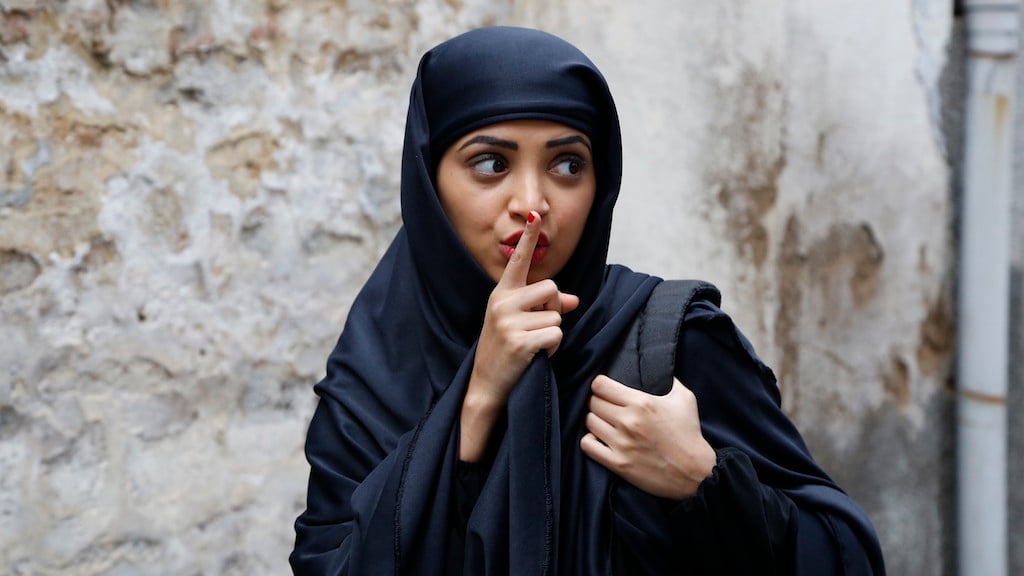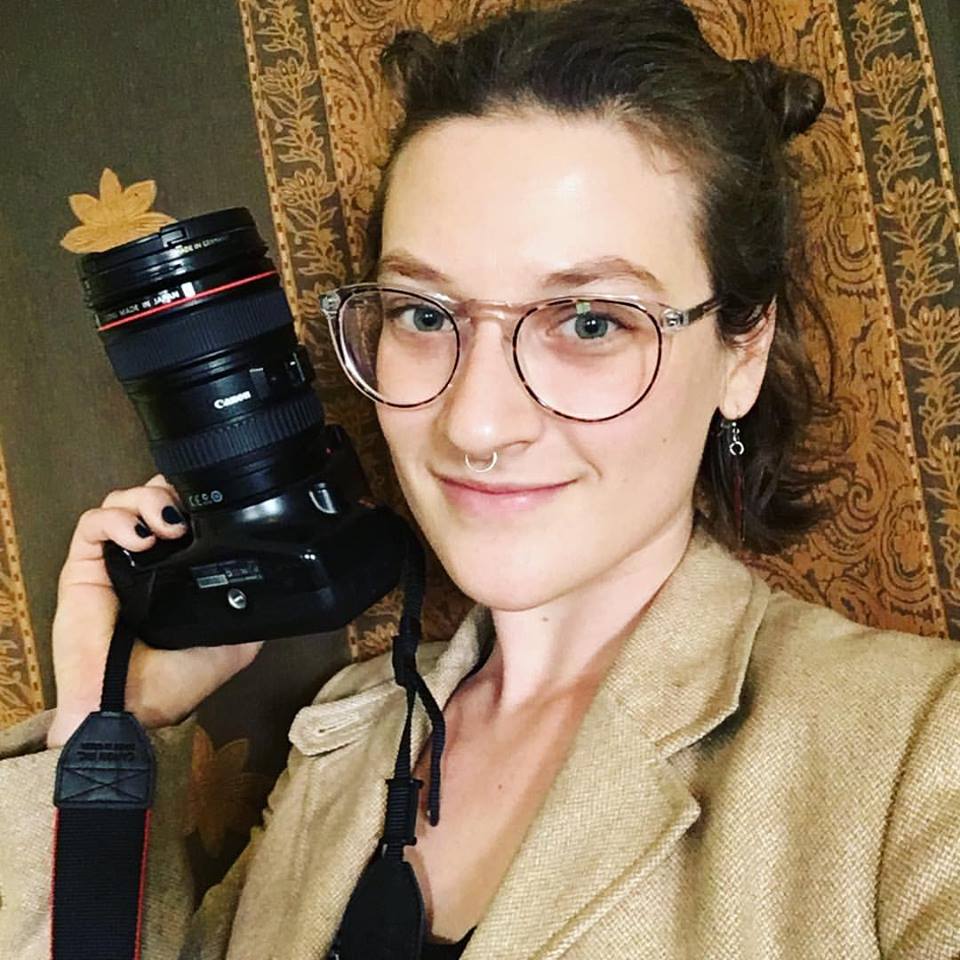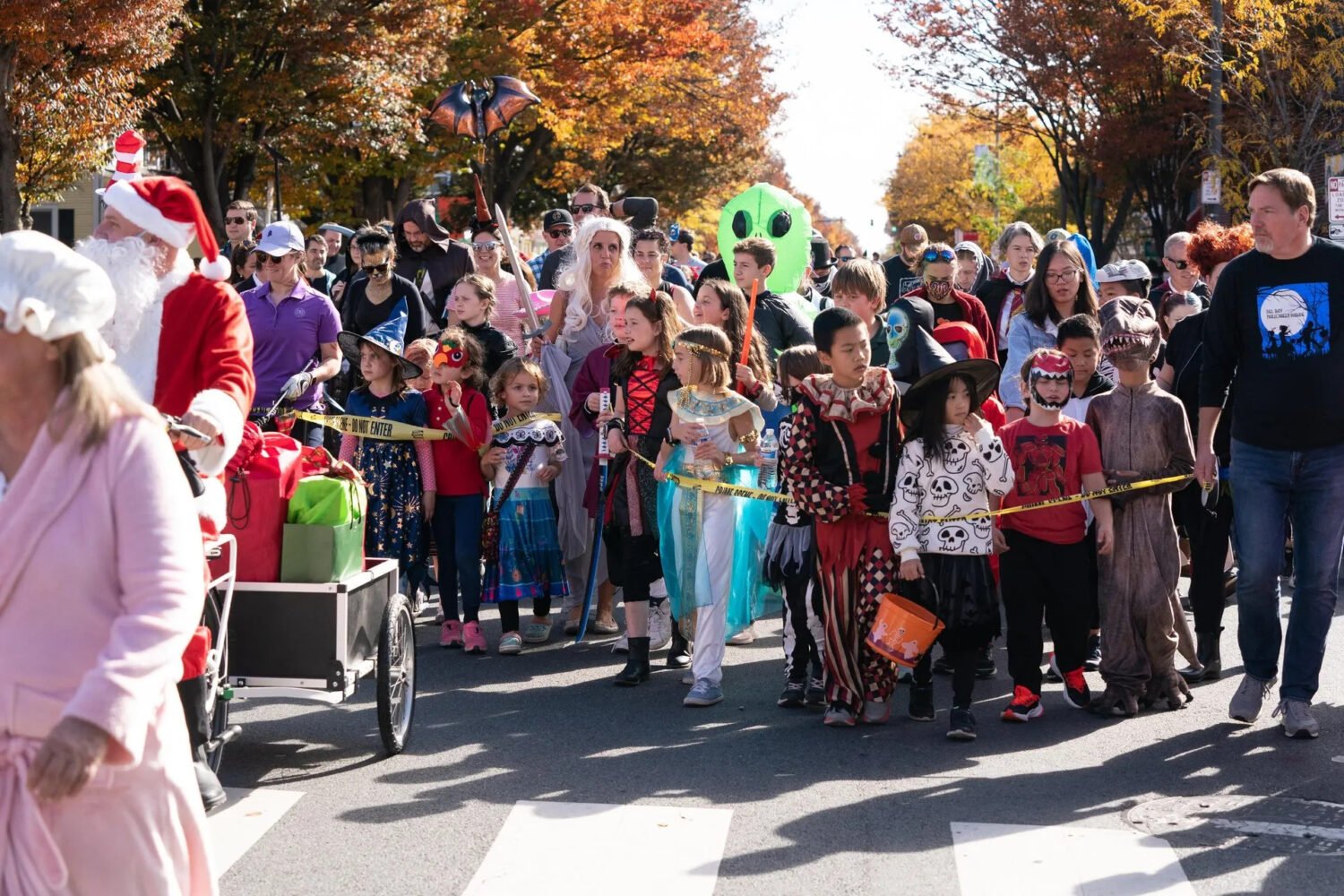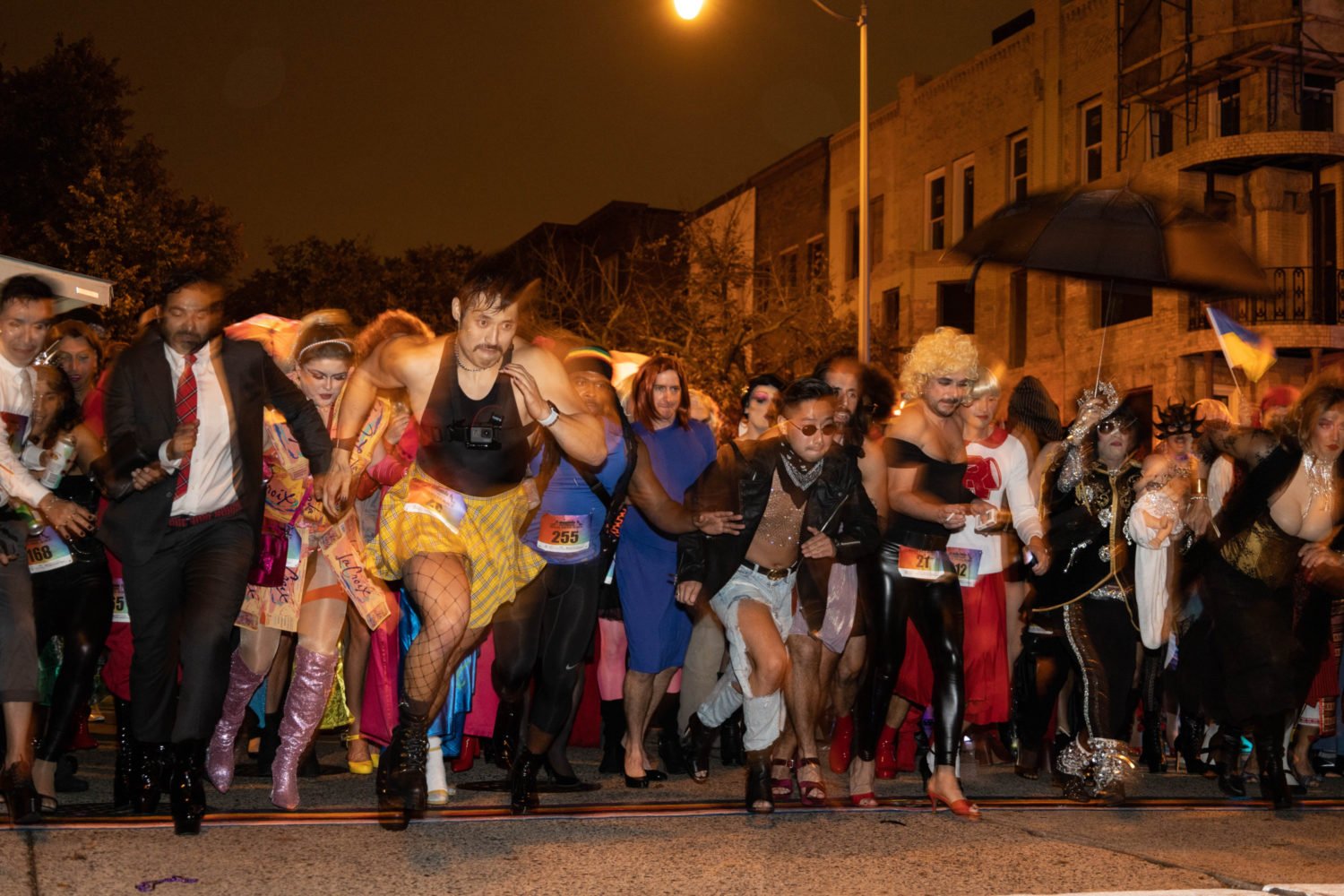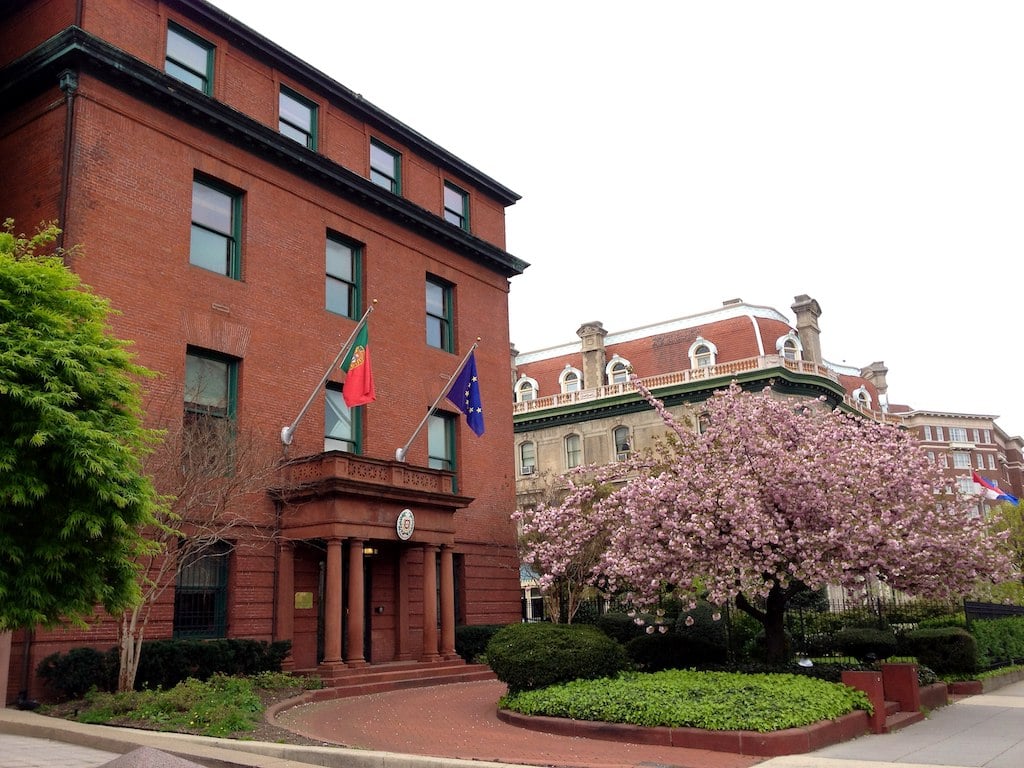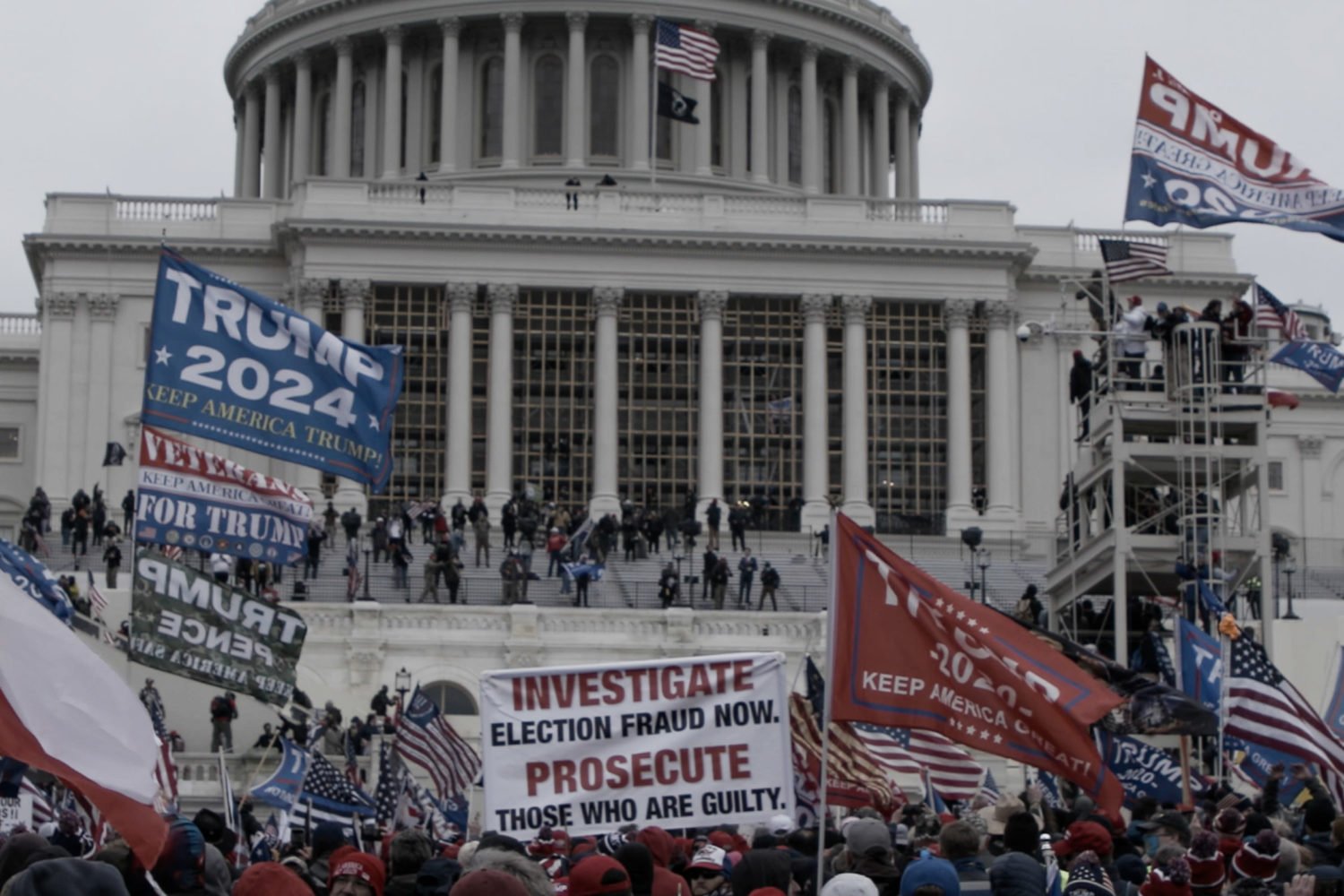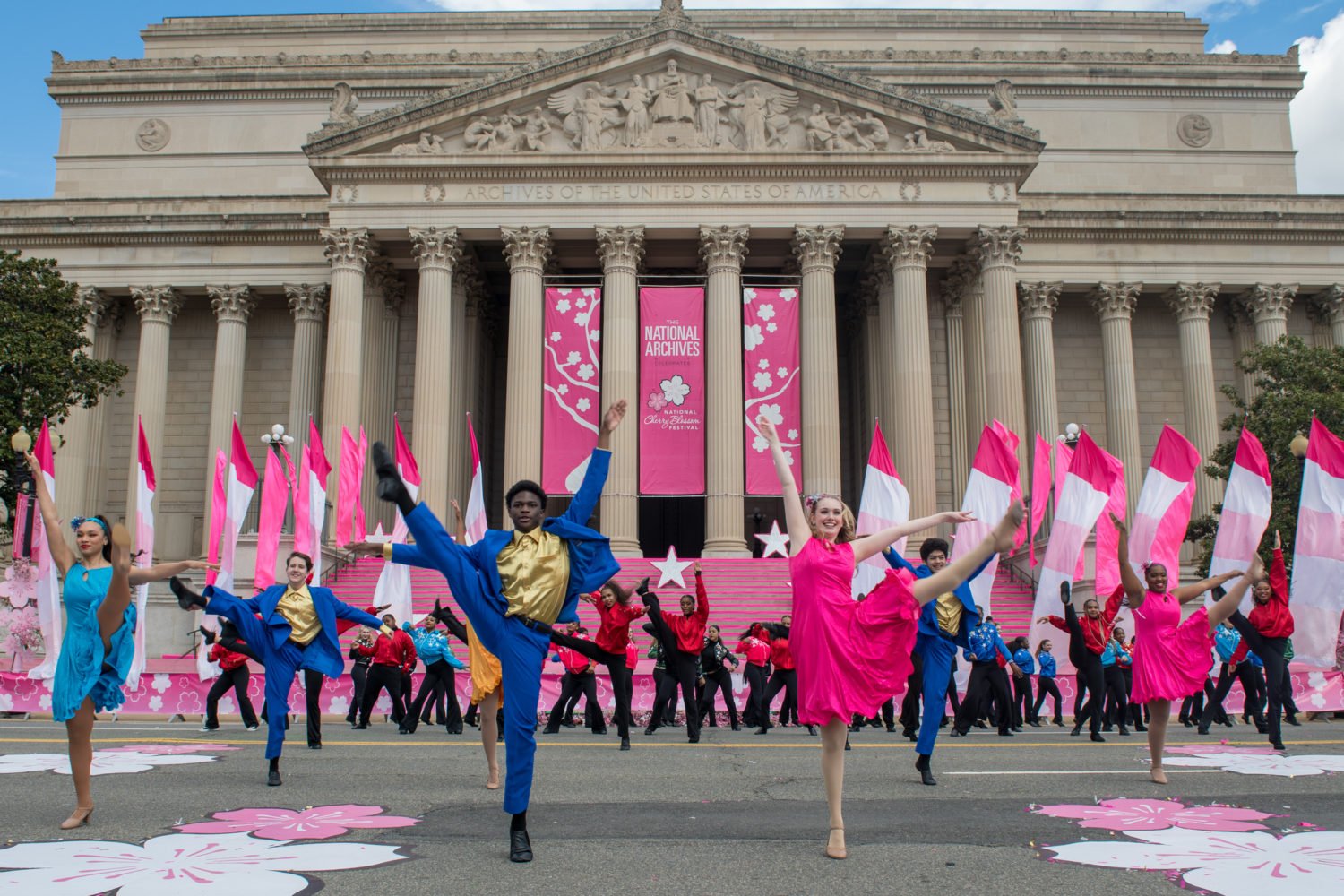With more than 80 international and domestic films screening at the 31st annual Filmfest DC, which runs April 20 to 30, you’re going to need some help deciding which ones to see. Here are some of our favorites.
All of a Sudden
Karsten Böhm seems like a sympathetic dude, pensively smoking in the woods and raging impotently after a woman no one knows shows up at a party at his house, hooks up with him after everyone leaves, and dies from an asthma attack. But as Karsten’s hard-to-explain actions afterward add up, you start to wonder whether his luck is as bad as it seems. Sebastian Hülk’s facial expressions are among the few signposts in Asli Özge beautifully shot, gorgeously slow mystery, moving from horror to resignation to a sneer that will creep you out long afterward.
—Andrew Beaujon
The Outsider
Director Christophe Barratier takes a crack at explaining the mystery of “rogue trader” Jérôme Kerviel. Kerviel left his employer, Société Générale, with a $7 billion loss in 2008 after the bank discovered his intricate scheme to place huge bets on market moves without (the bank says) anyone noticing. Kerviel never got rich off his trades, for which he was the only person to go to jail. Arthur Dupont simmers as a large-eyebrowed kid from the sticks who everyone finds difficult to notice until things go very wrong.
—Andrew Beaujon
I Am the Blues
As last generation of blues legends are reaching their 90s, the filmmakers behind I Am the Blues visit them in pockets of the Louisiana Bayou, the Mississippi Delta, and the North Mississippi Hill Country to document and memorialize their music. The documentary is built on interviews with musicians like Bobby Rush and Barbara Lynn, who talk with their guitars in hand. As you hear them play, you realize that the blues isn’t just something they do, it’s who they are. “I’m part of the blues,” says Little Freddie King, a New Orleans blues guitarist. “The blues made me and now I’m makin’ the blues. I love it.”
—Greta Weber
Lipstick Under My Burkha
Four months after director Alankrita Shrivastava’s second film, Lipstick Under My Burkha, was released in India, it was banned by the country’s censor board. The reason? For being “lady-oriented.” The film follows four female protagonists, ranging in age from 18 to mid-fifties, as they search for their own version of female freedom in rural India. While one goes about this in a seemingly innocuous way (enterprising Shirin hides from her husband her career as a door-to-door pest control saleswoman), others dance with lascivious stakes, like Leela, who is engaged to be married in an arranged marriage and films her secret lover during sex as blackmail in case he breaks up with her. Light hilarity and tender moments–such as a group of women sitting on a sunny roof, plucking their eyebrows and chatting about their husbands–bring a warm openness to the topic of gender inequality in Indian society, which saturates the country but is rarely publicly addressed. And while only two of the four main characters wear burkhas, they all keep one thing hidden: their lipstick.
—Kim Olsen
The King’s Choice
It seems as if World War II has been covered cinematically from practically every corner of the globe, so what’s one more? Giving us Norway’s perspective is The King’s Choice, and the title isn’t the only similarity to 2010’s Best Picture-winner The King’s Speech. Both are about uncertain monarchs in the early stages of the war, and the awkward responsibilities of the throne. The subtitled drama from director Erik Poppe dwells less on battlefield gunfights and more on backroom diplomacy, as King Haakon (Spectre‘s Jesper Christensen) attempts to negotiate an end to the Nazi invasion of his neutral yet strategically important country. In its scant action scenes, the cinematography is gritty and close-up, opting for a skewed, minimal chaos as opposed to the epic expanses of carnage found in higher-budget war movies. Shifting between multiple settings and characters—including the royal family, soldiers on the frontline, and a German envoy who, while ostensibly the film’s antagonist, is portrayed with masterful sympathy—it’s a novel depiction of a defining moment in its home country’s history, yet engaging enough even for non-Norwegians to get a whiff of misty-eyed patriotism.
—Michael Gaynor
To Keep the Light
Gorgeously shot and intimately written, Erica Fae’s nuanced take on the trials and tribulations of a female lighthouse keeper caring for her sick husband is mesmerizing. Through the fictional tale of Abbie, Fae–who wrote, directed, and stars in the film–tells the story of the many real women lighthouse keepers whom history has forgotten while painting a stunning portrait of northern Maine. It’s easy to see why To Keep the Light has won a slew of film festival awards, and Fae has rightfully been anointed as an emerging talent.
—Kayla Randall
Strangers on the Earth
Set against the backdrop of Spain’s ancient pilgrimage Camino de Santiago, Strangers on the Earth tackles the art of finding meaning through wanderlust. The film is a composite of the stories of those who walk the pilgrimage routes, including the cello-carrying protagonist, who lives to discover the spiritual, social, and historical aspects of such a journey. Multiple narrators, in English and native tongues, teach about the difficulty and importance of trekking the Camino de Santiago and the effect it has on its travelers. With standout cinematography, there’s no better way to experience the beauty of the world than this film.
—Kayla Randall
Check It
When members of DC’s black LGBT community grew tired of getting harassed, they banded together to fight back. Dana Flor and Toby Oppenheimer’s documentary chronicles the district’s first gay street gang, known as the Check It–a vibrant, tight-knit group of young adults with infectious smiles and glittery faces, who are quick to throw fists if they’re attacked or feel disrespected. Tray, Alton, Day Day, Skittles and others profiled in the film know who they are, but grew up poor in communities that largely rejected their lifestyle. In a desperate attempt to get by, the Check It resorts to either street violence or prostitution.
As a film that’ll make you cry, laugh, think, and (guardedly) hope, Check It expertly depicts an exuberant group of queer youth who need to get creative in order to thrive. After all, according to a community organizer in the film–”it’s hard enough being black, but being black and gay? It’s a whole different ball game. They’re in a world of their own.”
—Jackson Knapp
All Governments Lie
This documentary explores the legacy of investigative journalist I. F. Stone through modern independent reporters, including Amy Goodman and Matt Taibbi. Stone’s self-published newsletter was a gadfly to the political establishment until his death in 1989. When government-contrived acts of aggression were used to justify launching the Vietnam war, mainstream media didn’t acknowledge it for years, but Stone got the truth the week it happened. Barred from official press conferences, Stone instead dug into documents for his scoops. As our current White House spouts blatant misinformation, his example of skepticism regarding official government sources feels more relevant than ever.
—Julie Strupp
A Good Wife
A 50-year-old housewife living a pretty nice life in post-war Serbia finally goes to the doctor about the lump in her breast she had been trying to ignore and receives the dreaded diagnosis. Milena returns home and begins frantically cleaning, coming upon a home video of happier times. However, the tape also contains horrible footage of her husband’s military actions during the Bosnian genocide. Milena’s cancer forces her to reconsider everything about her comfortable existence with a more urgent perspective. The tumor serves as an excellent allegory to the malignancy of war criminals who continue to circulate in Serbian society.
—Julie Strupp
Two Trains Runnin’
This film is a gorgeous tribute to those who braved the dangers of 1964 Mississippi to fight for civil rights at the cusp of what would eventually be known as Freedom Summer. Two groups–one of activists, the other of musicians, students, and record collectors–travel down to find disappeared blues giants Son House and Skip James. Their hunt brings them face to face with the KKK, corrupt police, and church bombings. The events feel all the more pointed today, as videos of police shootings and legal challenges to racist voting laws have again forced the country to examine their relationship with race.
—Julie Strupp
Tomorrow
—Anna Marina Savvidis
At the End of the Tunnel
—Rosa Cartagena
The Messengers
People say that life is a journey but so is death. Lucian Perkins’s documentary The Messengers, takes you on an emotional journey of your own while witnessing the bonds forged between the those who come to DC’s Joseph’s House, a hospice for homeless individuals dying of AIDS and the young volunteers who take care of them. While I wasn’t really interested in the personal stories of the two main volunteers the film highlights, I was moved by the cinematography of the film and the connections you’re able to make with the residents of the home in just a few short minutes. Throughout the film you witness the final moments of people as they literally take their last breath. Overall I would recommend this film to those who are interested in medicine, service, or documentary filmmaking.
—Sydney Mahan

